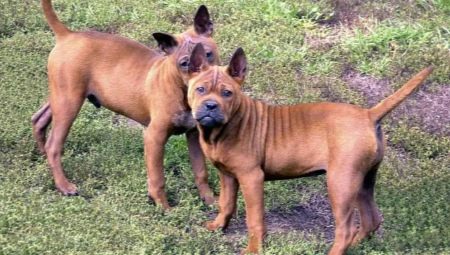Chongqing, or the Chinese bulldog, is one of the rarest breeds, and even in China there are only a few hundreds of these unusual dogs. Chongqing's uniqueness lies primarily in the fact that their gene pool does not contain blood of other breeds, which is why Chinese bulldogs are considered a primitive population. From ancient times, such animals were valued for their loyalty to the owner, fearlessness and the skills of an excellent hunter.
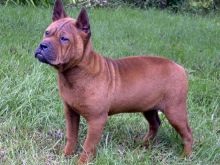
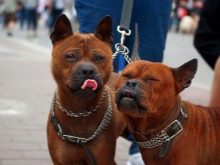

Origin history
The history of the appearance of the Chongqing breed is rooted in the distant past, but there is little information in Chinese sources about its origin. It is only known that dogs come from the environs of Chongqing, Sichuan, and the first mention of them dates back to the III century BC. e.: to the reign of the Han Dynasty. At that time, livestock farming flourished in China, and the ancestors of modern Chongqing helped the peasants graze the herds and protected their property from raids by nomads. Moreover, only the most hardy and fearless dogs were selected for the guard and security service, while the rest were simply eaten. As a result, only the strongest and strongest representatives of the breed were allowed for breeding, who transmitted their best working qualities to their descendants.
In the first half of the 20th century, the Chinese bulldog population was on the verge of extinction, and it was preserved thanks to enthusiasts and true connoisseurs of the breed. Only at the end of the century, Chinese dog handlers were worried about the preservation of chongqing and began to conduct active work to restore the breed.However, not everything went as smoothly as we would like, and as a result of the 2003 epidemic, most animals had to be eliminated.

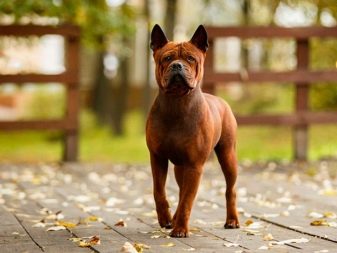
After stabilization of the epidemiological situation, breeding work was continued, and today, through the efforts of dog handlers and breeders, the world population has been raised to 2 thousand individuals. A great contribution to the development and restoration of the breed is made by American experts, which, despite the non-recognition of Chongqing by the International Cynological Federation, actively promote and popularize this distinctive breed. As for the ancestors of the Chinese bulldog, there is no consensus in the circles of experts on this subject. Most of them, based on visual similarities with some other breeds from China, suggest that they have a common ancestor. So, the language of dark blue color, according to scientists, speaks of kinship with the Chow Chow, and wrinkled skin indicates a kinship with sharpei.
Looking at the history of the breed’s origin, one cannot fail to note such an important point as the long-term isolation of a population from the outside world. On the one hand, it allowed a unique exterior to form and get clean blood, and on the other, it led to negative consequences. So, being isolated and not receiving an infusion of fresh blood, the breed survived several mutations that provoked a number of hereditary diseases.
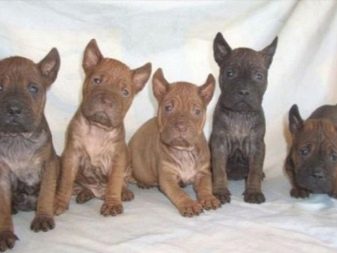
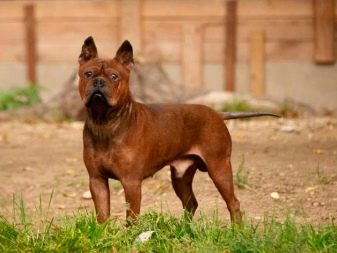
Over time, the illnesses are so rooted that the appearance of a healthy puppy was, rather, the exception. However, this state of affairs is quite characteristic for most closed populations, where diseases are firmly fixed in the genotype and transmitted to each new generation. In many ways, this fact did not allow Chongqing to become very popular, since it is quite difficult and expensive to raise such a dog at home.
Today, few can afford the purchase and maintenance of a Chinese bulldog. This is due to the small number of nurseries that can be counted on the fingers, and the too high cost of puppies. The price for them starts at 3,700 US dollars and often reaches 4,500.
Moreover, you can buy real chongqing only in China or America, and the Chinese breeders, before selling the puppy, require documents confirming that the buyer has his own house and the funds necessary for keeping the dog.


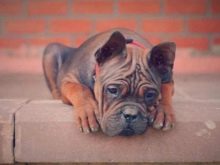
Description
The Chinese bulldog is a medium-sized athletically built dog, reminiscent in its physique of an American pit bull. The animal has quite prominent muscles, clearly visible through elastic skin with short hair. Male growth varies from 35 to 45 cm, bitches - from 30 to 40 cm.
Such a large increase in growth is due to the presence of 3 types of chongqing: small, medium and large, which is explained by the formation of a rock type in each region. So, bulldogs from the highlands noticeably differ from the flat ones and are more squat and strong in comparison with them. The weight of males, depending on the type, varies from 14 to 25 kg, bitches - from 12 to 20 kg.
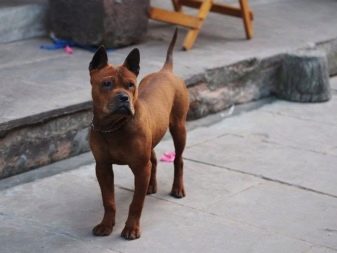
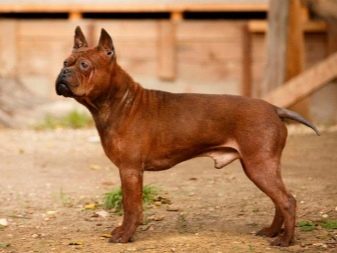
A characteristic feature of Chinese bulldogs is a straight, thick, medium-sized tail, pointed at the end. It rises high relative to the line of the back and is completely devoid of wool. The head of Chongqing is somewhat disproportionate in comparison with the body and looks quite large. The upper part of the skull has a flattened shape, which in combination with clearly defined cheekbones gives the head a square shape. The muzzle of the bulldog is shortened and wide, which in combination with a square head looks frightening.
The tongue of the Chinese bulldog is uniform in black and blue, however pinkish blotches are also allowed. The nose is large black, slightly rising above the muzzle, which is quite typical for hunting dogs. The muzzle is slightly wrinkled, but the number of wrinkles is much less than that of sharpei and pugs.Chongqing's eyes are always dark, and woolless ears have a triangular shape, stand well and lean forward.
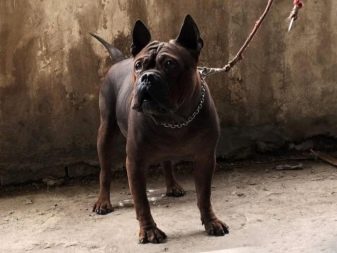
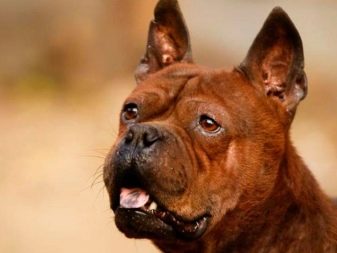
Separately, it should be said about wool. In most Chinese bulldogs, it is very rare, which is why pets look like naked, moreover, on the ears, tail, and sometimes on the face, the coat is almost absent. Where the coat is still there, it is short, rather hard to the touch and painted in brown shades. Through it, black skin is clearly visible, which creates the illusion of a black mask on the face, as well as the animal has a black tail and ears. A dog’s chest is often decorated with a white spot. Recently, the line of appearance of the black color has been clearly traced, but experts consider this a consequence of crossbreeding - interbreeding.
As for the purpose of the breed, it belongs to the category of hunting and guard dogsHowever, recently there has been a tendency to keep Chongqing as a companion and even a guide. It should be noted that only professionals can train a dog for these purposes, therefore, in the absence of experience and self-doubt, it is better to opt for a simpler breed.
It should also be noted that the dog belongs to the category of centenarians and easily lives up to 20 years or more.
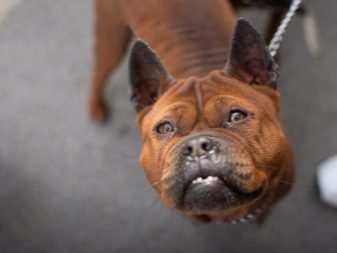
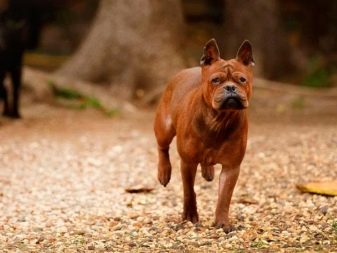
Character
Chongqing is distinguished by high intelligence and balanced character, however, it reacts very aggressively to other people's animals and poultry, which is explained by its hunting instincts. Therefore, it is better not to bring well-known dogs to visit. Although in neutral territory the dog will be happy to play with these same dogs and will not show even a hint of suspicion and hostility towards them.
Of particular note are the excellent security and watchdog qualities of the Chongqing. The dog will never let a visitor into the house until he receives the "good" of the owner. And this applies not only to strangers, but also to people familiar to the dog, and even to those who come to the house quite often.
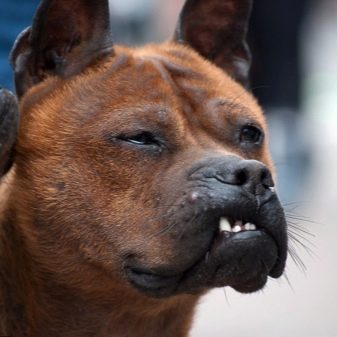
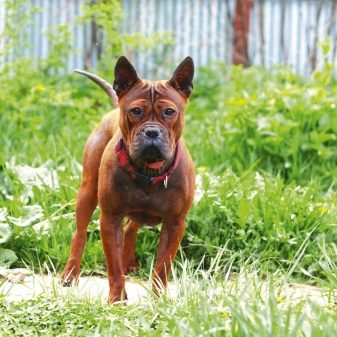
A separate topic is the attitude towards children. Despite the fact that some breeders rank Chongqing as almost a nanny, they do not forgive insults and bullying from a child and may well give a serious rebuff to a minor offender. If the child is benevolent and does not offend the pet, then Chongqing in response is ready to endure the endless games of the baby and even take part in them.
Therefore, when such a dog appears in the house with a child, it is necessary to conduct an explanatory conversation and tell the rules of conduct with a new family member.
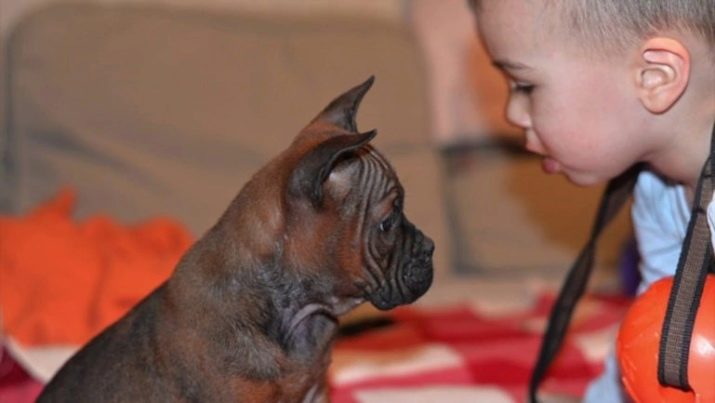
Pros and cons of the breed
Recently, more and more people began to show interest in the Chongqing breed, due to a number of undeniable advantages of these unique distinctive dogs.
- Representatives of the breed are distinguished by a calm and balanced character and are able to compromise.
- Chinese bulldogs are prone to making independent decisions. When a danger arises, the dog herself determines how real the threat is, and when to take decisive action. This can also be regarded as a minus, since if Chongqing decided that the owner needs protection, then it is almost impossible to convince him of this.
- Unlimited devotion to his master and his household distinguishes this breed from many other hunting dogs.
- High intelligence and extraordinary mental abilities can do without long explanations, since the animal understands a person literally.
- Chongqing are very bold and decisive dogs, and in case of danger they rush, without hesitation, to protect property and people.
- High sensitivity allows bulldogs at a glance to determine the intentions of a stranger and immediately warn the owners about this with their unusual behavior.
- Dogs are very active and are happy to accompany their hosts on a morning run.
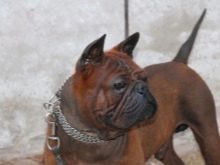
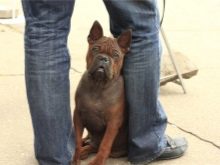
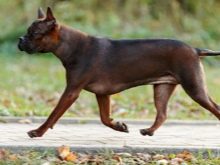
Along with a lot of obvious advantages, the breed also has disadvantages. These include zoo aggression and a hunting instinct, in which when keeping rabbits and poultry, you will need to seriously take care of their safety. In addition, Chongqing may not get along with a fighting dog and does not like cats very much.
Another disadvantage of the breed is the difficulty in shaping the personality of the pet. Despite the fact that the dog is smart, understanding and well trained, its leadership qualities are pronounced, which can cause difficulties in its upbringing. This is especially true for males who, if they do not recognize the leader in the owner, will become uncontrollable. And also the disadvantages of the breed include too high the cost of puppies, due to the small number of nurseries and the rarity of the breed.

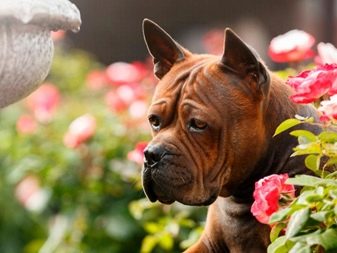
Content Features
The best place to keep Chongqing is a garden or a spacious courtyard. It is strictly forbidden to keep an animal in an apartment or house. Not only can it blow up the whole house in the absence of owners (this applies especially to young dogs), the pet will not receive the right amount of physical activity it needs.
Therefore, Chongqing is exclusively suitable for street content, where he can realize his protective qualities, keeping vigilant control over the territory entrusted to him.
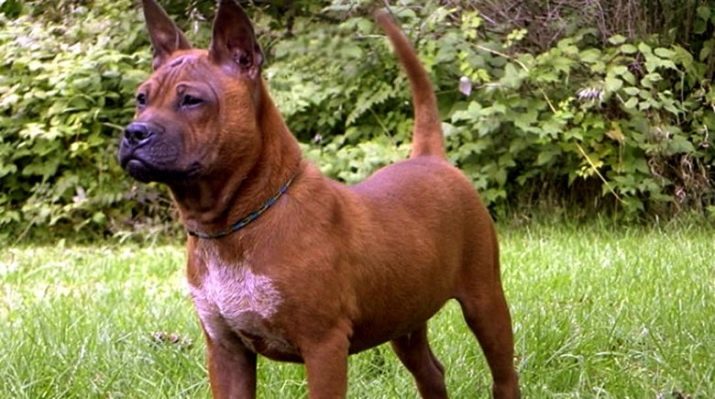
At the same time, it is impossible to restrict the freedom of movement of an animal by an aviary or, worse, by a chain. Chain bulldogs are characterized by uncontrolled aggression or, conversely, fall into severe depression, which often develops into a serious disease. Therefore, the main thing for Chongqing is freedom of movement, which under no circumstances should it be deprived of.
On the site it will be necessary to build a spacious booth in which the animal could shelter from rain and strong winds. For the winter, Chongqing is often taken to a house, but a heated booth will be the best solution. The area on which the Chinese bulldog lives must be fenced with a high fence, and a sign warning of the presence of an angry dog should be hung on the gate.

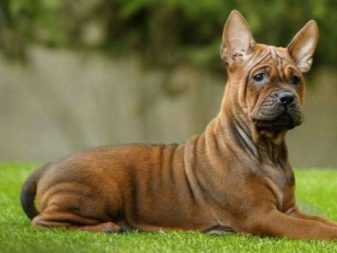
What to feed?
Due to the natural origin of the breed, its representatives should be fed only with natural food. In the diet of the animal must be present turkey, beef, chicken and lamb, as well as heart, liver, kidneys, scar and other offal. Moreover, the proportion of meat should be at least 50% of the total volume, and the second half of the diet should consist of buckwheat, rice or barley.
Vegetables should also be present on the menu. Moreover, they can be given both raw and baked. The most useful for the canine organism are spinach and lettuce leaves, pumpkin, cabbage, beets and zucchini. Twice a week, you can give low-fat fish, pre-cooked and cleaned of large bones, and eggs.
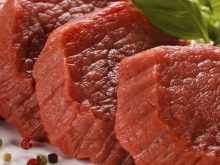
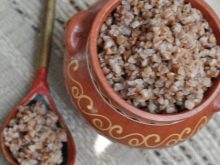

Of course, you cannot offer whole milk, but dairy products will come in handy. The dog will be happy to eat cottage cheese mixed with raw yolk, and hard cheese. An animal can sometimes be pampered with dried pork and beef ears, tracheas and chewing bones made from pressed veins. In no case should you feed the dog peas, beans, potatoes, corn, pickles, smoked meats, as well as bread, sweets and pastries.
As for the frequency of food intake, puppies need to be fed 5-6 times a day. An adult animal will have enough 2 meals a day. Bone meal, fish oil, vitamins and minerals should be given as a food supplement.
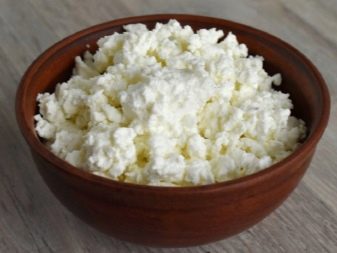
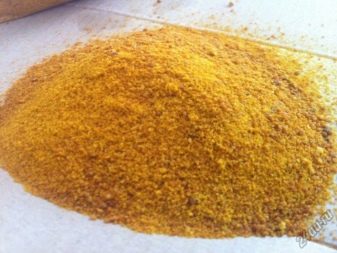
How to care?
Chongqing care includes a number of mandatory activities and procedures.
- The dogs are combed out once every 2 weeks, removing the fallen hairs. In addition, 1-3 times a month the dog is combed with a rubber brush, while massaging the skin and thereby improving blood circulation.
- Chongqing should be bathed every six months, using natural shampoos that do not cause allergic reactions. After each bath, the skin should be moisturized with creams.
- It is recommended to brush your teeth every 3 months using special dog accessories.
- Claws are trimmed as needed, but most dogs safely grind them while walking.
- An eye examination is carried out daily, and if any suspicious symptoms are found, they immediately contact a veterinarian.
- Ears are cleaned once a month using a cotton swab dipped in vegetable oil.
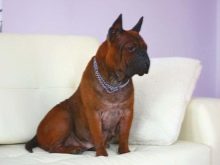


Parenting and training
Chongqing is a dog for people with a strong character and requires serious training. It is important to let him know as soon as possible who is in charge of the house, otherwise the dog will quickly seize the initiative and dominate the owner. The puppy should be raised from the first days of its appearance in the house. If the animal is taken as a companion, then it is necessary to immediately suppress its aggression towards strangers and animals.
If the dog is supposed to be used for protection, then only an experienced specialist should train it. The owner, who does not have a firm hand and experience in raising complex breeds, should not undertake such a responsible event.
As evidence of this, we can cite the feedback of the owners of the Chongqing, who could not cope with the upbringing on their own and received as a result of an uncontrollable evil dog, which they began to fear over time.

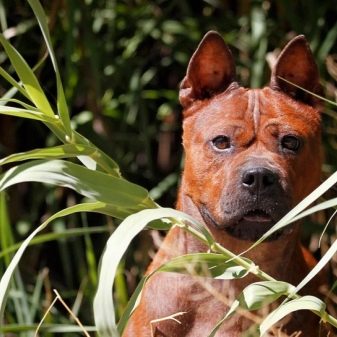
Studying with the bulldog on your own, the main thing is to be strict and consistent and under no circumstances to give slack. At the same time, it is not recommended to beat the animal, as this can cause unpredictable consequences, and the dog will grow up either too aggressive, or too hunted and cowardly. The most difficult thing in raising Chongqing is to gain credibility with them. Once this can be achieved, further training will go like clockwork. Otherwise, the dog will dominate. And also it should be remembered that Chongqing needs serious physical exertion, therefore such a dog will not work for a sedentary person.
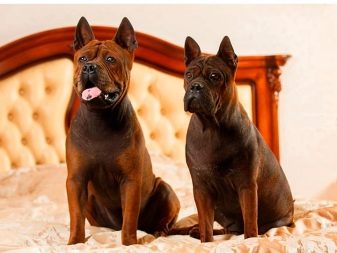
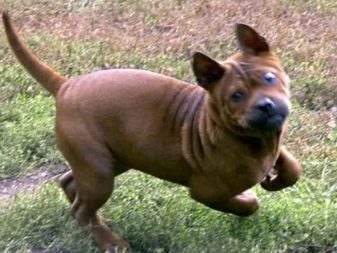
Disease
The isolation of the population caused a number of mutations, which turned into a hereditary tendency to many diseases. The weakest point of the Chongqing is the skin and eyes. Animals are prone to frequent dermatitis, conjunctivitis, inflammation of the cornea, and cataracts. In addition, joint problems, food allergies and respiratory diseases are often observed. The latter is often caused by hypothermia of the animal, which, due to the scarce coat of wool, can not tolerate cold very well.
To avoid colds, it is required to provide the dog with warm clothes and good nutrition.
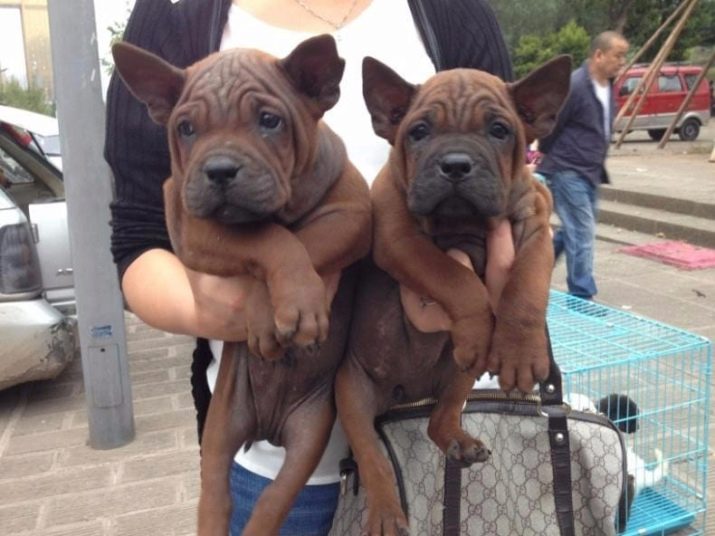
For more information on breed features, see the next video.
